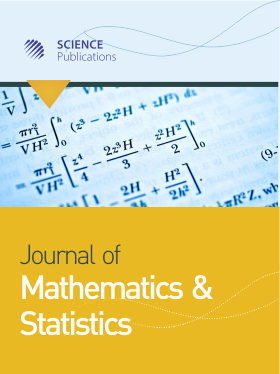Modelling the Error Term of Australia Gross Domestic Product
- 1 Ibrahim Badamasi Babangida University, Nigeria
- 2 Universiti Utara Malaysia, Malaysia
- 3 Universiti Tuanku Abdul Rahman, Malaysia
Abstract
The main aim of this study is to model the Gross Domestic Product (GDP) with the new Combine White Noise (CWN) Model and compare the results with the Vector Autoregressive (VAR) Model and Exponential Generalized Autoregressive Conditional Heteroscedasticity (EGARCH) Model which are the existing models. The CWN model estimation yields best results with least information criteria and high log likelihood values. While the EGARCH model estimated yields better results with least information criteria and high log likelihood values when compared with VAR model. CWN has the least forecast errors which are indications of best results when compare with the EGARCH and VAR models, dynamic evaluation forecast errors. The minimum forecast error values indicate forecast accuracy. The determinant of the residual of the covariance matrix value indicates that CWN is efficient, while the determinant of the residual of the covariance matrix value indicates that VAR is not efficient. The total results testify that CWN is the most right model. To model the data that exhibit conditional heteroscedasticity with leverage effect in Australia and other societies in the world efficiently, CWN is recommended.
DOI: https://doi.org/10.3844/jmssp.2016.248.254

- 4,090 Views
- 2,172 Downloads
- 0 Citations
Download
Keywords
- Combine White Noise
- Determinant of the Residual of Covariance
- Efficient
- Forecast Accuracy
- Log Likelihood
